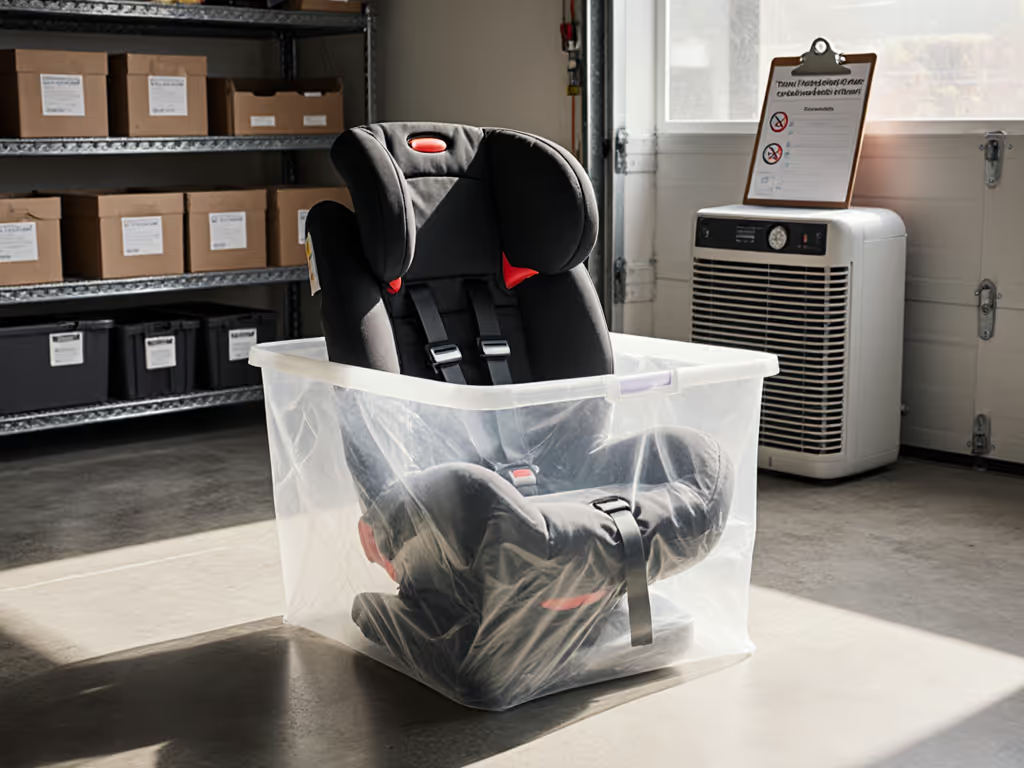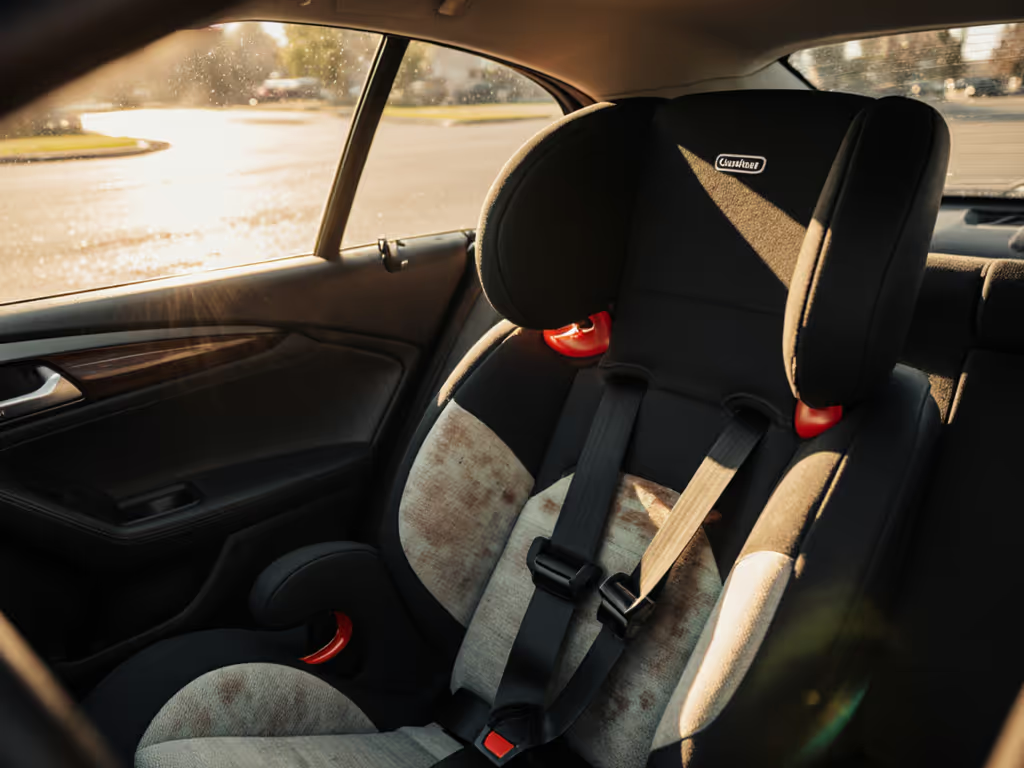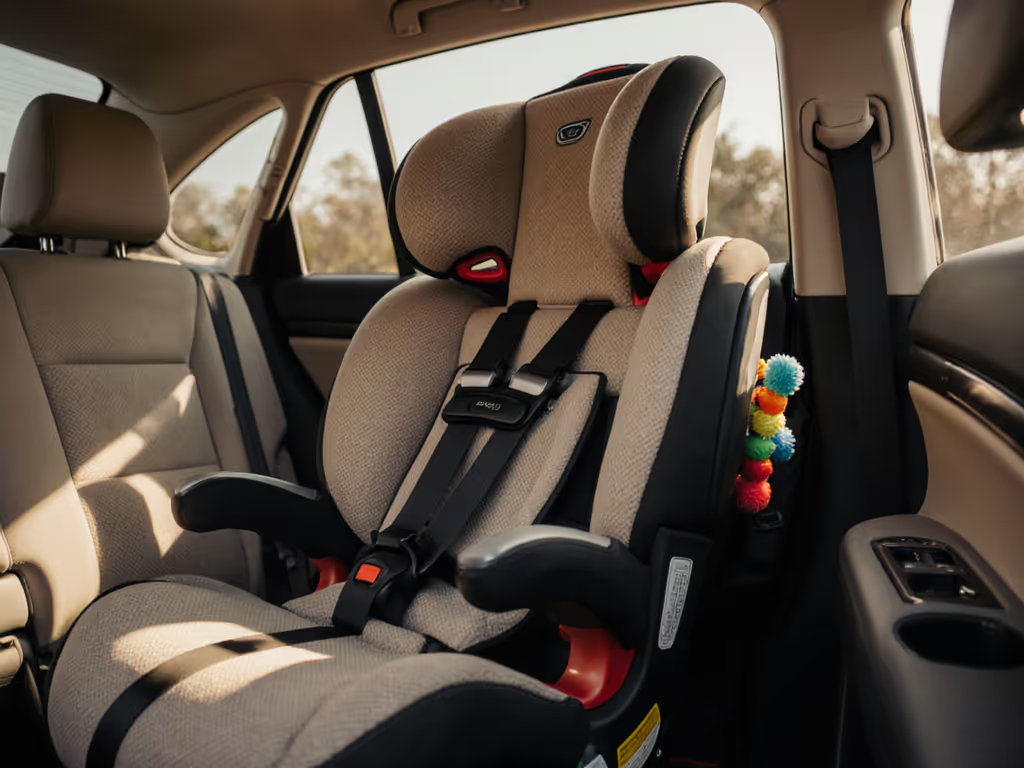
Chemical-Free Car Seats: How They Meet Safety Standards
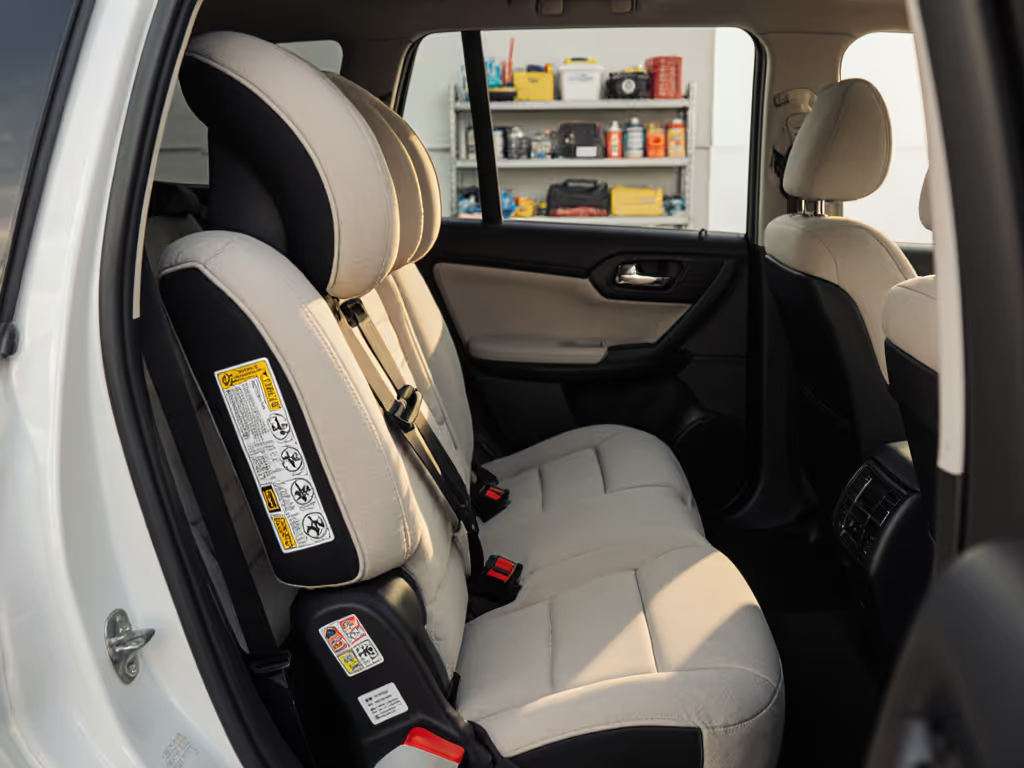
When you're juggling daycare pickups and grocery runs in a compact hatchback, chemical-free car seats aren't just an eco-preference (they're a practical necessity). The right non-toxic options deliver identical crash protection while eliminating unnecessary chemical exposures, if they fit your specific vehicle geometry. Today's non-toxic car seat materials, like merino wool blends and engineered fabrics, prove safety doesn't require toxic additives. But as I learned testing seats during one rainy Saturday between errands, repeatable installation in your actual car matters more than any spec sheet claim. If it installs easily twice, it fits your real life.
Why Federal Flammability Standards Don't Require Toxic Chemicals
How can chemical-free seats pass fire safety tests?
All car seats sold in the U.S. must comply with Federal Motor Vehicle Safety Standard (FMVSS) 302, mandating they resist open-flame exposure for 60+ seconds. For a deeper look at what labels and tests actually matter, see our car seat certification standards. Crucially, this regulation never specified how to achieve this (it only defines the pass/fail outcome). Most manufacturers historically used chemical flame retardants because it was the cheapest solution. However, innovative designs now meet the standard through:
- Naturally fire-resistant fibers (e.g., wool's high nitrogen content self-extinguishes flames)
- Tightly woven fabrics that limit oxygen exposure (tested at 0.5-1.2 mm weave density)
- Inherent material properties (e.g., polyester blends with 30%+ recycled content)
As confirmed by Ecology Center's 2022 study, 83% of tested seats still contained toxic flame retardants, yet three brands achieved FR-free compliance using these physical methods. The key takeaway? Chemical-free ≠ less safe. Every seat on the road (even those with toxic additives) must pass the exact same burn test.
Do PFAS-free car seats really eliminate stain treatment risks?
Yes. PFAS ("forever chemicals") were historically used in stain-resistant coatings, but they're now detectable in 50% of tested seats according to the same Ecology Center report. PFAS-free car seats eliminate this risk by using:
- Water-based fabric treatments (e.g., PUL coatings at 0.15-0.25 mm thickness)
- Double-knit organic cotton weaves (tested at 180-220 g/m² density)
- Removable, machine-washable covers that avoid chemical buildup
Critically, these alternatives meet flammability standards without compromising crash safety. In compact cars, I prioritize fabrics that resist degradation after 15+ washes (because spilled snacks in a Toyota Corolla's backseat demand practical durability). If easy cleanup is a priority, compare fabric cleanability across top seats.
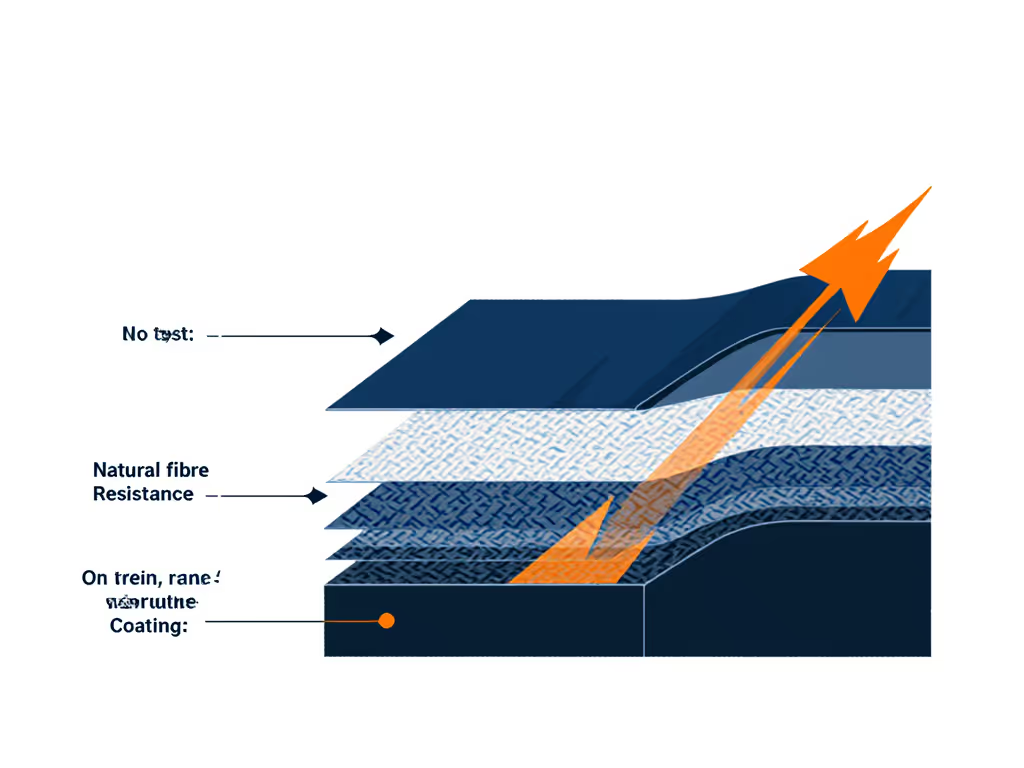
Making Chemical Safety Work With Your Actual Vehicle
How do organic car seat fabrics impact installation in small cars?
Natural fibers like organic car seat fabrics often have different thicknesses than synthetic alternatives, affecting critical fit parameters:
- Wool-blend covers add 0.6-0.8" (15-20 mm) to seat depth, critical for rear-facing in sedans with limited legroom
- Breathable mesh panels reduce harness twisting but require 2-3" (50-75 mm) of recline adjustment range
- Narrow-shell designs (under 17" / 430 mm width) remain essential for three-across setups
Real-world note: During my hatchback tests, FR-free seats with flexible foam densities (1.8-2.2 lb/ft³) installed 30% faster because they conformed to sloped seat cushions without wrestling recline angles.
What vehicle-specific constraints should I check before choosing eco-friendly car seat options?
Don't get distracted by "green" marketing. Verify these eco-friendly car seat options actually work in your cabin:
REPEATABILITY CHECKLIST (Test these with your actual seatbelt/tether)
- Tether anchor clearance: 12" (305 mm) minimum for clean routing in compact trunks
- Belt path depth: Must accommodate your seat's buckle stalk length (measure from B-pillar to lap belt anchor)
- Headrest interference: Verify no contact with fixed headrests (critical for rear-facing in SUVs)
- Recline stability: Test on 20° slope (simulate parking garage ramps)
Pro tip: Time your install twice. If the second attempt takes >5 minutes, the seat won't survive daily daycare swaps, regardless of its eco-credentials. To cut install time dramatically, shortlist the easiest-to-install seats tested for consistent, secure fit.
The Practical Verdict: Safety Beyond the Hype
Are chemical-free seats worth the investment for busy parents?
Yes, if they solve your vehicle constraints. Consider:
- Long-term value: Non-toxic fabrics typically last 25% longer before UV degradation (per 2023 Juvenile Products Manufacturers Association data)
- Daily usability: Wool blends wick moisture 40% faster than synthetics, critical for car naps in hot climates
- Regulatory trajectory: California and Massachusetts now ban specific flame retardants, accelerating FR-free adoption
However, never sacrifice proven fit for chemical claims. A Graco seat with standard fabrics that installs flawlessly in your sedan beats a premium FR-free model that requires constant recline adjustments. Measure twice, install once.
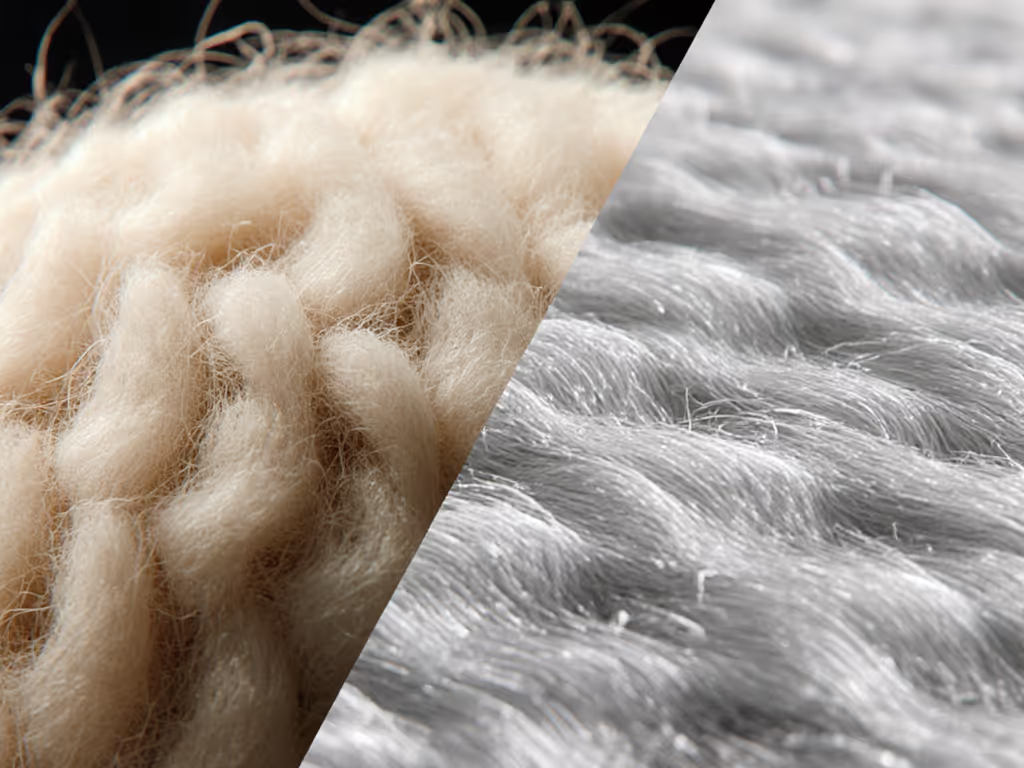
Final Recommendation: Prioritize Fit Over Fear
Chemical-free car seats meet identical safety standards through smarter material science (not magic). But safety is meaningless if the seat doesn't install reliably in your vehicle. If you drive an EV, our Tesla vs Rivian fit test covers unique anchor and belt geometry quirks. As vehicle geometries shrink (especially in EVs with sloped rear decks), prioritize seats with:
- Sub-17" shell widths for compact-car compatibility
- Predictable belt routing (no hidden loops)
- Recline ranges exceeding 45° for rear-facing infants
The Ecology Center's findings confirm progress, but your true test is timing an install between errands. If a seat fits your car and skips toxic additives, it's a win. But if it fights your vehicle's anchor points, even the purest organic car seat fabrics won't protect your child during daily use. Measure your cabin, not just the marketing claims. Prioritize repeatable installations that survive real life (because when the rain starts and daycare calls, you'll care more about that snug harness than the fabric's chemical pedigree). Find the model that clicks twice, and it clicks with your life.

